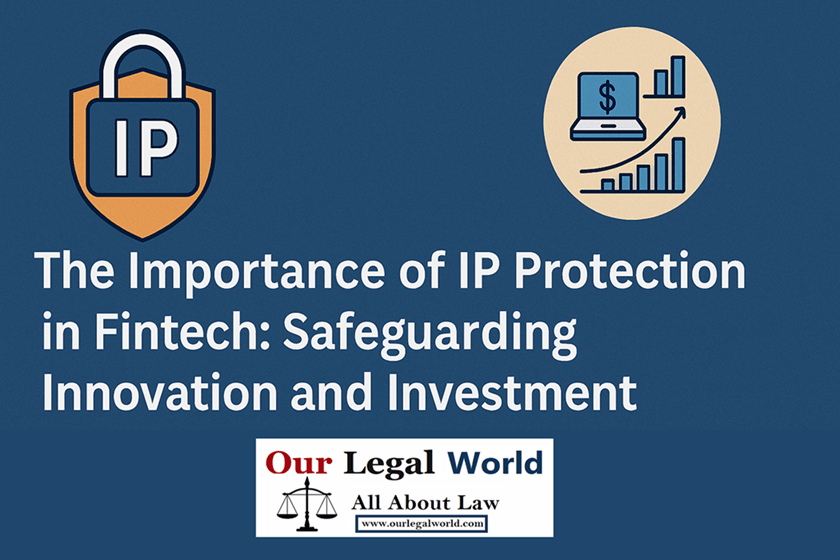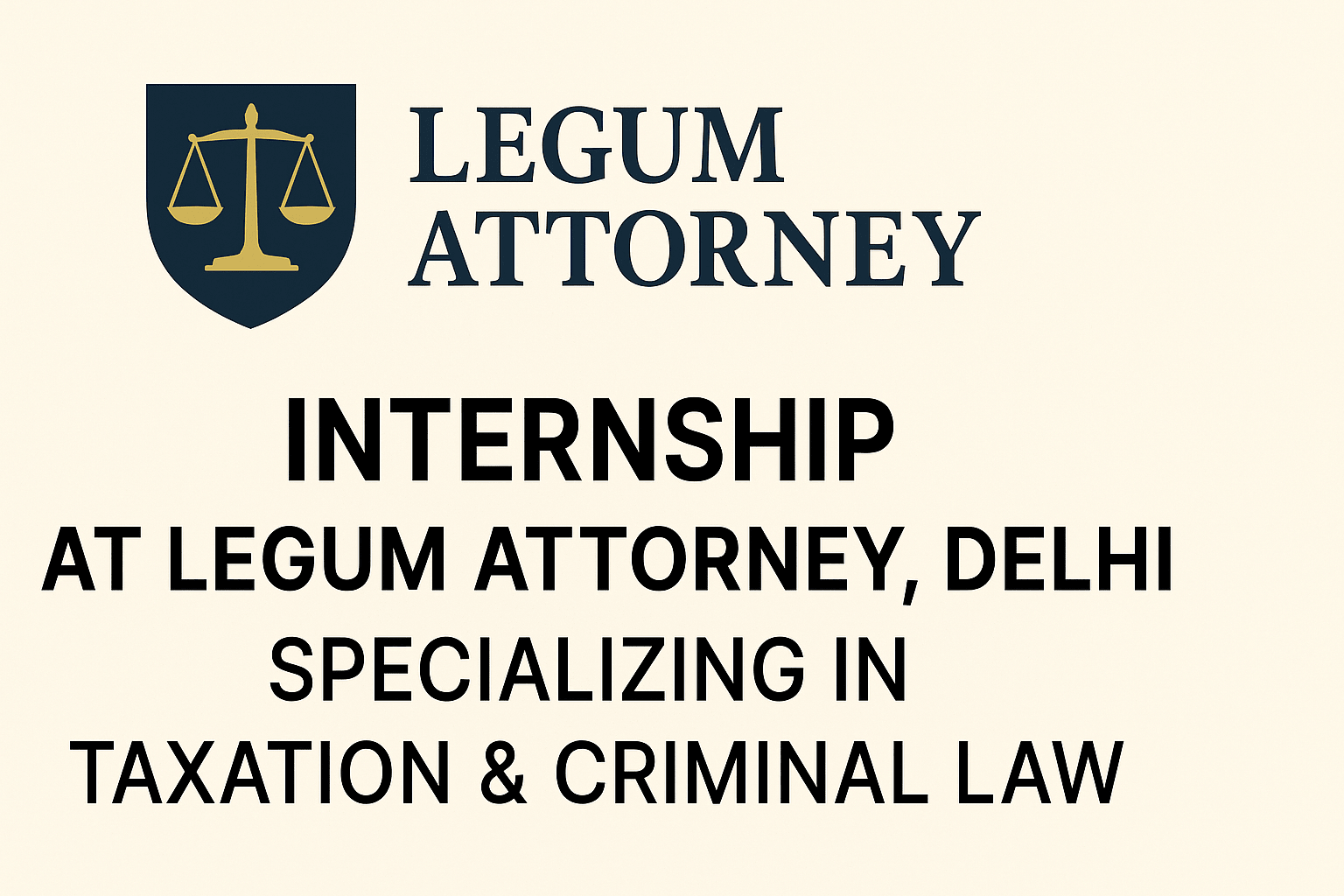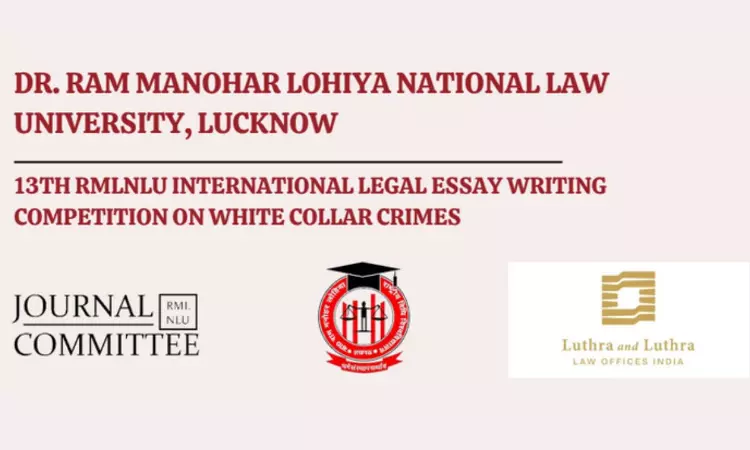What is Copyright under Intellectual Property Rights? – IPR CLUB OurLegalWorld
Copyright under IPR
Copyright gives exclusive rights to the creators to control copying and some other forms of exploitation of copyright material. It refers to the legal right of the owner of intellectual property. In simpler terms, copyright is the right to copy. This means that the original creators of products and anyone they give authorization to are the only ones with the exclusive right to reproduce the work.
Doctrines to test Copyright protection
- Sweat of Bow Doctrine
The sweat of Brow is a doctrine that is observed in India as well as other countries to protect the rightful owners of Intellectual property by way of protecting the hard work of the original owner. “Sweat Of the Brow” is one of the well-known doctrines in Copyright Law. The doctrine protects factual compilations. The rationale behind this doctrine was to award the person who expended his sweat and effort in compiling the facts. No one can misuse and take a gain out of it. The principle of Sweat of the brow doctrine can also be stated in the form that one is not at liberty to avail himself of the labor which the other has been at for the purposes of producing his work that is, in fact, merely to take away the result of another man’s labour or in other words, his intellectual property. India has followed the Doctrine of Sweat of Brow for a long time. But in courts, the law still protects useful addition and any kind of modification by any party. The term original is not defined anywhere in the Act hence the interpretation for the same would be based on the judicial pronouncement of the term by the Courts. However, the idea of originality of the work has been changing with the passage of time.
Also Read: IPR Law History: IPR Club OurLegalWorld
Emergent Genetics India Pvt. Ltd. Vs. Shailendra Shivam & Others 2011(47) PTC 494(DEL)
The Court stated that our law mandated that not every effort or industry, or expending of skill, resulted in copyrightable work, but only those which created works that were somewhat different in character, involved some intellectual effort and involved a minimum degree of creativity. The court further stated that mere labour (sweat of brow) or investment of manpower and resources was not substitute for originality. Sequences obtained from nature (e.g., the sequence for a gene) could not per se original. The microbiologist or scientist involved in gene sequencing “discovers” facts. There was no independent creation of work a work essential for matching the originality requirements. Such a scientist merely copies from nature genetics sequence that contained codes for protein. Therefore, there was no minimum creativity. So long as a researcher constructed a DNA sequence based on a sequence discovered in nature, whether was not independent creation, no minimum creativity and thus no originality.
- Modicum of Creativity doctrine
The concept of “originality” has undergone a paradigm shift from the “sweat of the brow” doctrine to the “modicum of creativity” standard put forth in Feist Publication Inc. v. Rural Telephone Service by the United States Supreme Court. The doctrine of “sweat of the brow” provides copyright protection on basis of the labour, skill and investment of capital put in by the creator instead of the originality. In Feist’s case, the US Supreme Court totally negated this doctrine and held that in order to be original a work must not only have been the product of independent creation, but it must also exhibit a “modicum of creativity”. The Supreme Court prompted ‘creative originality’ and laid down the new test to protect the creation on basis of the minimal creativity. This doctrine stipulates that originality subsists in a work where a sufficient amount of intellectual creativity and judgment has gone into the creation of that work. The standard of creativity need not be high but a minimum level of creativity should be there for copyright protection.
Copyright Protection
While copyright does not protect information or ideas on its own, it does protect the original expression of information and ideas. Copyright applies only to literary, dramatic, musical and artistic works. The rights which apply to each of these categories vary.
Copyright does not protect against the independent creation of similar works. Legal action against infringement is complicated by the fact that many different copyrights may exist for certain works – in particular for films, broadcasts and multimedia products. Unlike other forms of intellectual property, registration does not confer copyright; instead, it automatically results from the creation of the original work in a material form. This automatic right generally applies for the life of the creator plus 70 years, although it varies depending on the nature of the work and whether or not it has been published. Although a copyright notice with the name and date of the owner is not necessary, it may help to prove your copyright ownership and it is necessary to establish copyright in some countries overseas.
Also Read: Landmark Judgments on IPR Law in World – IPR Club
The copyright notice is a note printed on a copyrighted work; it usually includes the © symbol, the date on which the work was created, and the name of the creator. Notice of copyright may act as a deterrent to infringers. As per the Indian Copyright Act Section 13 of Chapter III, the protection is given to the following works:
- Literary works;
- Musical works;
- Dramatic works;
- Artistic works;
- Cinematograph films;
- Architectural works;
- Sound recordings;
- Computer program/software.
Legislations governing copyright
Under the Copyright Act, 1957 the term “work” includes a creative work comprising of a painting, a sculpture, a drawing (including a diagram, a map, a chart or plan), an engraving, a photograph, a piece of architecture or artistic craftsmanship, writing (including computer programmes, tables, compilations and computer databases), musical work (including music yet as graphical notations), recording and cinematographic film. In order to stay pace with the worldwide harmonization requirement, the Copyright Act of 1957 brought copyright law in India into line with developments within the information technology industry, whether within the field of satellite broadcasting or computer software or digital technology.
The law of copyright in India not only provides for civil remedies within the type of final injunction, damages or accounts of profits, delivery of the infringing material for destruction and price of the legal proceedings, etc., but also makes instances of infringement of copyright, a cognizable offence punishable with imprisonment for a term which shall not be over six months but which can reach three years with a fine which shall not be but Rs 50,000 but may reach Rs 2,00,000. The Indian Copyright Act, 1957 gives the police authority to register the complaint (First Information Report, i.e. the FIR) and to act on its own to arrest the accused, search the premises of the accused and seize the infringing material with non-intervention by the court.
Violation of copyright law by somebody without a license or permission by the owner of the creation is termed infringement of copyright. There are provisions for such violations and punishments like enhanced fine and punishment under the Copyright Act. Copyright law provides exclusive legal rights to an author to urge every kind of advantage on his creation. If you infringe on someone else’s belongings rights by using the copyright of the author without his or her permission, you will be guilty of infringement. you will be ready to defend yourself against your unauthorized use of copyrighted material in certain situations. Typically, claiming that you just didn’t know of somebody else’s copyrighted material doesn’t excuse you.
The Copyright Act, 1957, along with the Copyright Rules of 1958 and also the amendments thereto, are intended to safeguard the rights and interests of the creators and owners of belongings and to safeguard the interests of the planet as a full. As per the Section 51 of chapter XI of the Indian copyright act, using any copyrighted work without the permission of a copyright owner is an infringement of copyright law and also the following instances can be considered as an infringement of copyright. somebody who does the infringement of copyright is solely held answerable for his misconduct like –
- Performing publicly with no consent of the owner.
- Using copyrighted work for any quite business which brings financial benefit.
- Distributing for the aim of trade or import.
- Reproduction of considerable a part of copyrighted ad any material form.
- Circulating among the unauthorized persons.
- Adoption or translation of copyright work with no permission.
- Resale or renting of copyrighted material to others.
References
- https://www.legalserviceindia.com/articles/cp_pp.htm
- https://www.copyright.gov/help/faq/faq-protect.html#:~:text=Copyright%2C%20a%20form%20of%20intellectual,%2C%20computer%20software%2C%20and%20architecture.
- https://guides.lib.umich.edu/copyrightbasics/copyrightability#:~:text=The%20%E2%80%9Cmodicum%20of%20creativity%E2%80%9D%20requirement,not%20meet%20that%20low%20standard.
- https://www.indialaw.in/blog/blog/law/analysis-of-doctrines-sweat-of-brow-modicum-of-creativity-originality-in-copyright/
- https://taxguru.in/corporate-law/doctrine-sweat-brow-copyright-act.html
Written by Khushi Gupta (IPR Club Intern)









![Call for Paper of RMLNLU Law Review [Volume XVI (2025-26)]](https://www.ourlegalworld.com/wp-content/uploads/2025/07/ORIGINAL-CFP.png)
